Standing at a crossroads
When we began researching this year’s Ships and Shipping Lines supplement, there was a general sense of contentment in the market. Multipurpose and heavy lift carriers were enjoying a period of relative stability in charter rates, supported by a healthy balance between supply and demand. Container shipping lines posted strong number in 2024. Although some of the heat had begun to ebb from the PCTC sector, demand for car transport was still robust enough for many operators to keep heavy lift and project cargoes at arm’s length.
However, over the past six weeks the cat has been well and truly set among the pigeons. The full impact of the USA’s shifting trade policies has yet to be fully quantified, but sharp declines in transpacific container volumes and sourcing strategies moving away from China suggest major structural changes ahead. Coupled with ongoing disruption in the Middle East, as well as war and economic malaise in Europe, the supply chain now finds itself entering a far more volatile and uncertain phase.
Multipurpose and heavy lift shipping lines, for the most part, remain bullish even though the cargo outlook is not as favourable as it was at the start of the year. Still, the number of newbuilds on order remains limited – mostly replacements for ageing tonnage – and the balance between supply and demand is relatively stable. Combined with the fact that the sector has been able to recapitalise over the past few years and carries little to no bad debt on the books, it appears well placed to weather the incoming storms.
In the ro-ro sector, demand for car transport has been weakening for several months, although time charter rates for large PCTCs remain well above pre-covid levels. However, the recent introduction of US import tariffs and the continued weakening of Chinese car exports, particularly electric vehicles, may prompt ro-ro operators to extend greater attention to heavy lift and oversize cargoes, a move that many shippers and forwarders would welcome.
As for container lines, the mood is one of optimism around project cargo in the months ahead, with many pointing to the power and infrastructure sectors as key growth drivers. Still, as the global economy falters and box lines’ core cargoes come under pressure, a natural response is to focus more closely on complex loads that might previously have been deemed surplus to requirements.
Of course, navigating today’s volatile market environment comes against a backdrop of mounting pressure to improve environmental performance. With regulations on the sector continuing to intensify, the shipping industry now stands at a crossroads. The decisions taken, or not taken, today will set the tone for the years ahead.
David Kershaw,
Editor

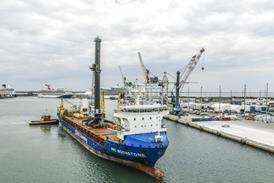
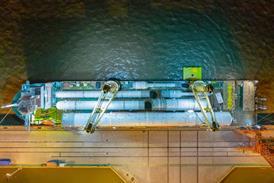


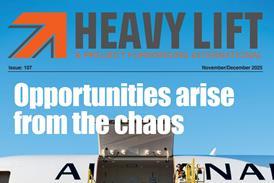
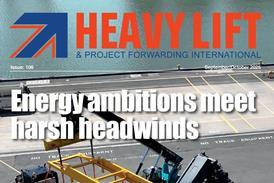



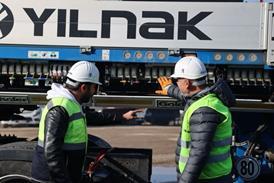
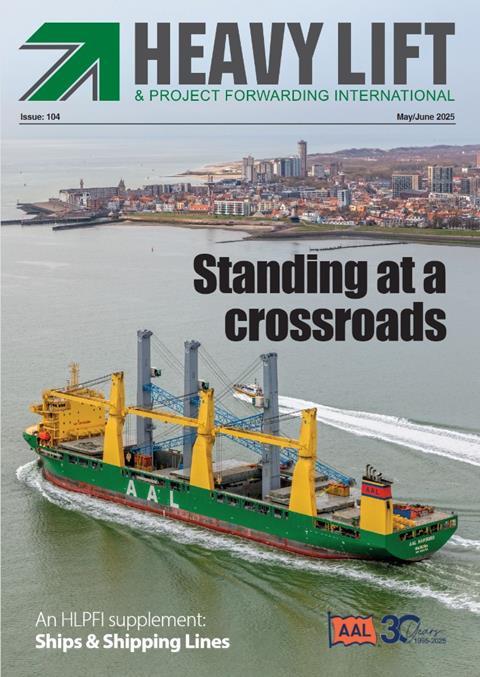



No comments yet